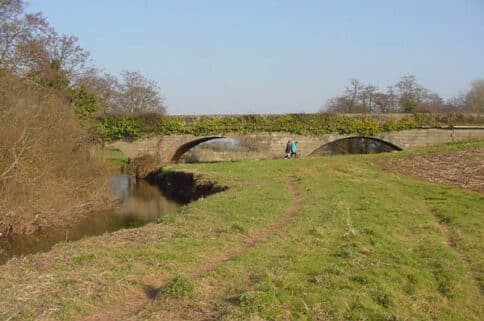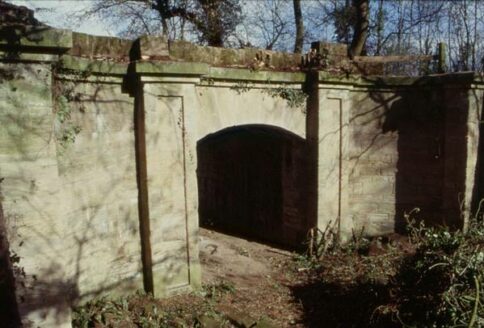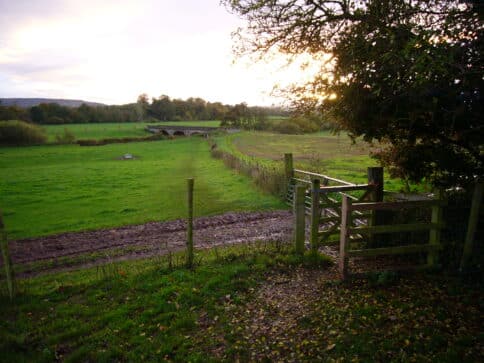Three Arch Bridge
Nynehead’s Three Arch Bridge crosses the River Tone about half a mile directly South of Nynehead Court and is the final structure on the old carriageway. It was designed by Thomas Lee and built in 1817.


The Court’s carriageway entry gates are off Nynehead Road near Poole. Between there and the Three Arch Bridge, the carriageway passes under two further archways; one under the railway (visible from the old canal footpath) and the other, shown above, is under the canal itself.
The bridge was designed by the architect Thomas Lee [1794-1834] of Barnstaple. He trained in London under Sir John Sloane before joining David Laing. He is probably best known for designing Arlington Court in Devon but he also designed the Wellington Monument.
The bridge was part of an elaborate job creation scheme in the first half of the 19th Century by the then owners of Nynehead Court, the Sanford family. As many as 300 men were employed to create a new parkland. Among the tasks undertaken was enlarging the bed of the original “modest brook” [to which it has since reverted] into a “fine and handsome river” sufficiently wide to require the three arches which stand as idle witnesses to the river’s former grandeur. The enlarged water course would also have enhanced the vista on approaching Nynehead Court from the carriageway. Water now only flows under one of the bridges three arches.

The carriageway was originally lined with an avenue of some 140 turkey oaks, planted in 1832 by Edward Sanford in celebration of the Great Reform Act. For several decades no trace of the avenue remained, the trees having been felled in the mid-20th Century. But the line of the carriageway was still discernible, especially in Winter when the ground was clear of crops.
In early 2011 an avenue of 68 oaks was re-planted along the old carriageway from the archway under the canal lift to the Three Arch Bridge. Find out more about the history of the Parish in the online Nynehead Archive
Edward Jeboult ‘The Valley of the Tone’ 1873
